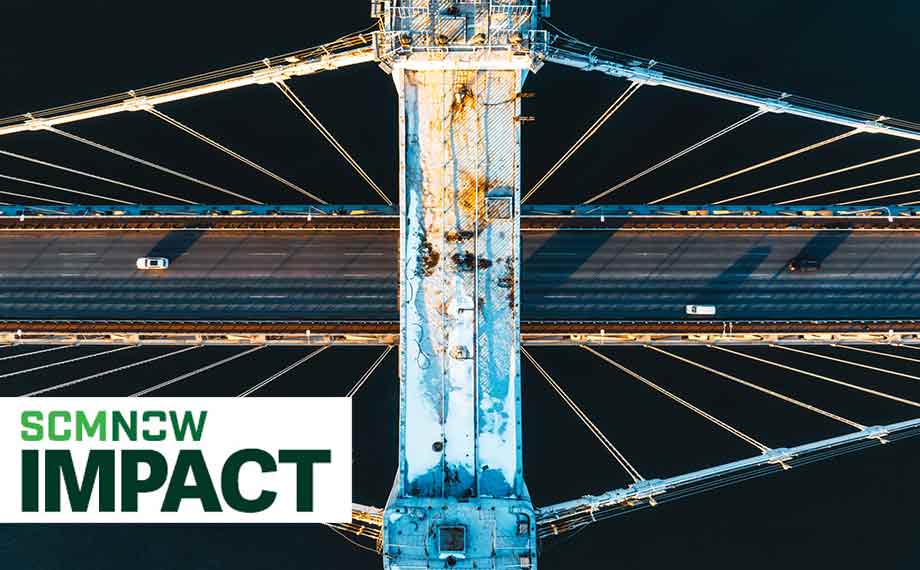Meteorologists are forecasting another sweltering summer — one of the five hottest on record. This leads to several concerning trends, including warmer ocean temperatures, frequent severe hurricanes and more destructive fires. Extreme weather events are a threat to humans, wildlife and property; they also make it nearly impossible for a supply chain to function smoothly.
A busy hurricane season can often spell trouble, Supply Chain Brain reports, recalling Hurricane Harvey's week-long closure of multiple Gulf Coast ports, plus Hurricane Ida’s severe effects involving petrochemical production in Texas. “The hurricane took more than 60% of U.S. PVC production offline,” the article notes. Other storms have created similar problems, including production shutdowns, the need to reroute shipments, supplier disruption and critical infrastructure damage.
On the topic of infrastructure, it’s also noteworthy that continued fallout from the tragic bridge accident in Baltimore has renewed discussions about the state of infrastructure in the United States: “Nearly one in 10 of the country’s 617,000 bridges already are significantly compromised,” according to National Geographic. “Many U.S. bridges were built to last 30-50 years, and nearly half are at least half a century old. The average age of U.S. levees is also 50; dams average 57.”
The Bipartisan Infrastructure Law passed in 2021 will help minimize repercussions from aging structures, but the Baltimore incident alone is costing the Federal government $1-5 billion, reports Forbes. Further, the U.S. electrical grid is also cause for concern, the article continues: As automobile manufacturers compete to expand the electric vehicle market, “it’s the aging underlying infrastructure — creeping toward capacity — that poses perhaps the most significant risk of smothering growth.”
These converging threats underscore the urgent need for supply chain resilience. Businesses must proactively assess their vulnerabilities and develop contingency plans to mitigate disruptions. This may involve diversifying suppliers, strategically locating inventory and investing in new technologies that improve visibility and flexibility. By taking these steps, organizations can ensure they are equipped for whatever may threaten to disrupt normal operations.
Supply chain pros are always prepared
Talented professionals are an integral part of managing supply chain disruption, and the field continues to grow stronger and more vital than ever. According to ASCM's annual salary report, available now for ASCM members, a full 85% of respondents are proud of the work they do in supply chain — and they’re paid well for it: The median annual salary for supply chain professionals passed a major milestone, reaching $103,000.
To learn more about the report — including details about work-life balance, potential career paths and necessary skills for success — be sure to watch the on-demand webinar Level Up Your Paycheck: The ASCM 2024 Salary and Career Report. It explores key findings and insights from this annual survey of more than 5,000 international professionals.
Not yet an ASCM member? Don't miss out! For as little as $10 per month, you'll gain unlimited access to our premium content library, which includes live and on-demand webinars, thought-leading blog posts, mini-courses on trending supply chain topics and the indispensable ASCM Supply Chain Dictionary — all the resources you need to become a supply chain leader shaping a sustainable and impactful future. Join our global supply chain community today!

